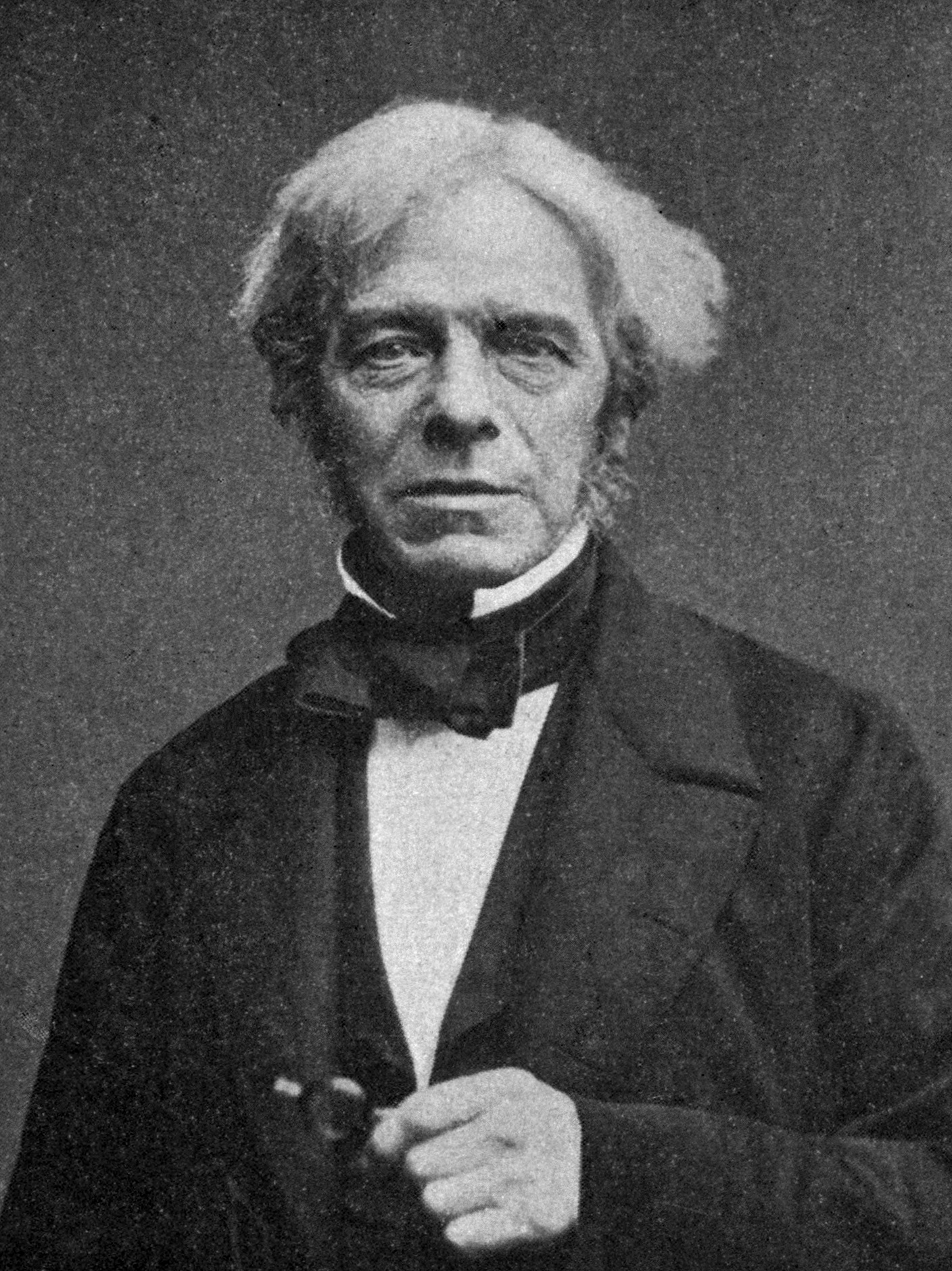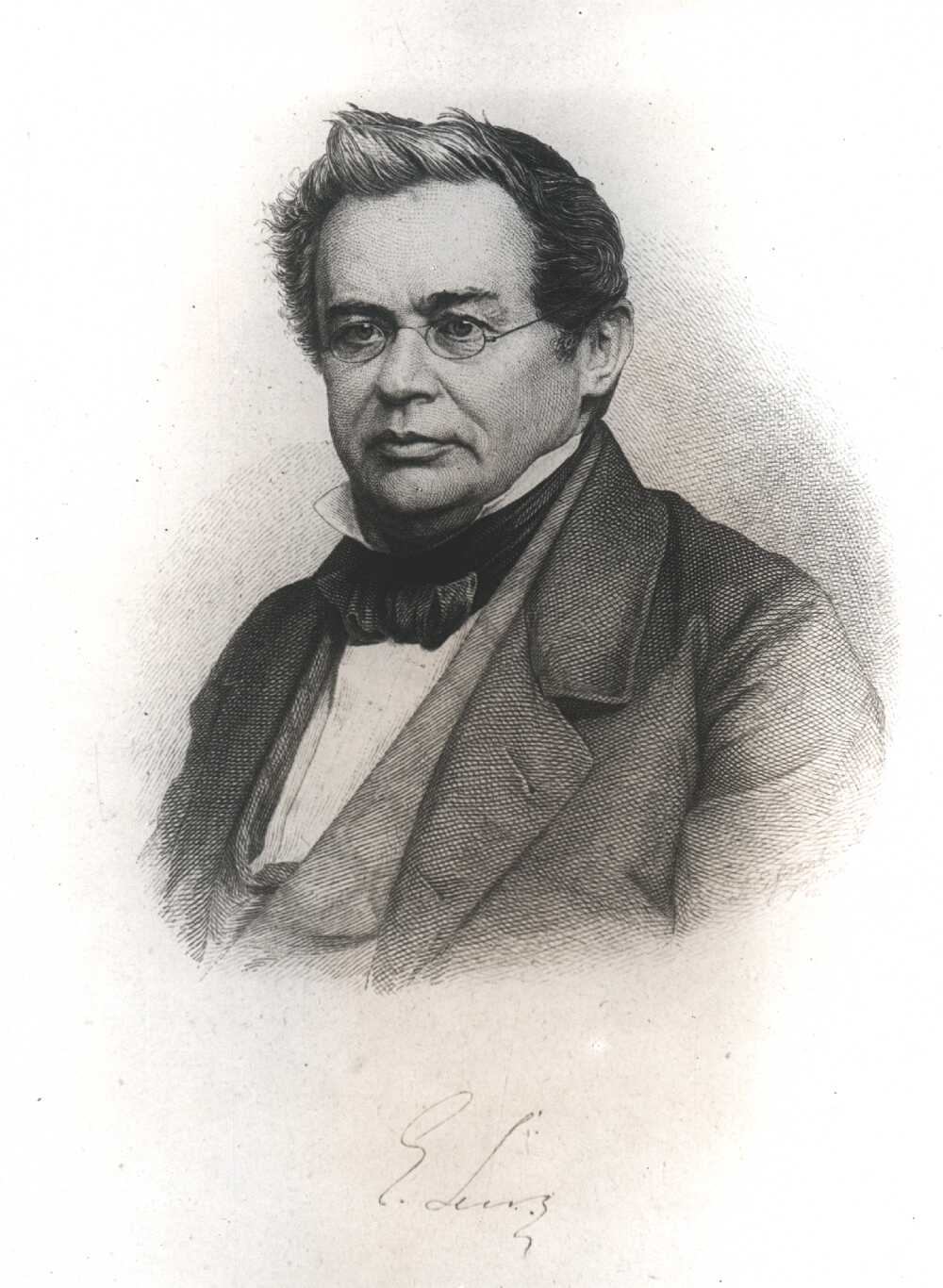There are 2 principal laws of electromagnetic induction:
- Faraday’s law
- Lenz’s law
Faraday’s Law

- The magnitude of the induced e.m.f is determined by Faraday’s Law.
- Faraday’s Law states that the magnitude of the induced e.m.f is directly proportional to the rate of change of magnetic flux through a coil or alternatively the rate of the magnetic flux being cut.
- Therefore, the induced emf can be increased by
- using a stronger magnet
- increase the speed of the relative motion
- increase the number of turns of the coil
Lenz’s Law

- When a magnet is moved into and out of a coil, the induced current that flows through the coil can be determined from Lenz’s Law.
- Lenz’s Law states that the induced current always flows in the direction that opposes the change in magnetic flux.
- Lenz’s Law obeys the principle of conservation of energy. Work is done to move the magnet against the repulsive force. This work done is converted to electric energy which manifests as an induced current.
- For a conductor in a closed circuit moving perpendicular to a magnetic field and hence cutting its magnetic flux, the direction of the induced current is determined from Fleming’s Right-Hand Rule.
- Fleming’s Right-Hand Rule is used to determine the direction of the induced current that flows from the wire when there is relative motion with respect to the magnetic field
Physics Animation
Applet
Lenz’s Law – Molecular Expression
